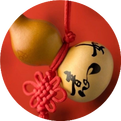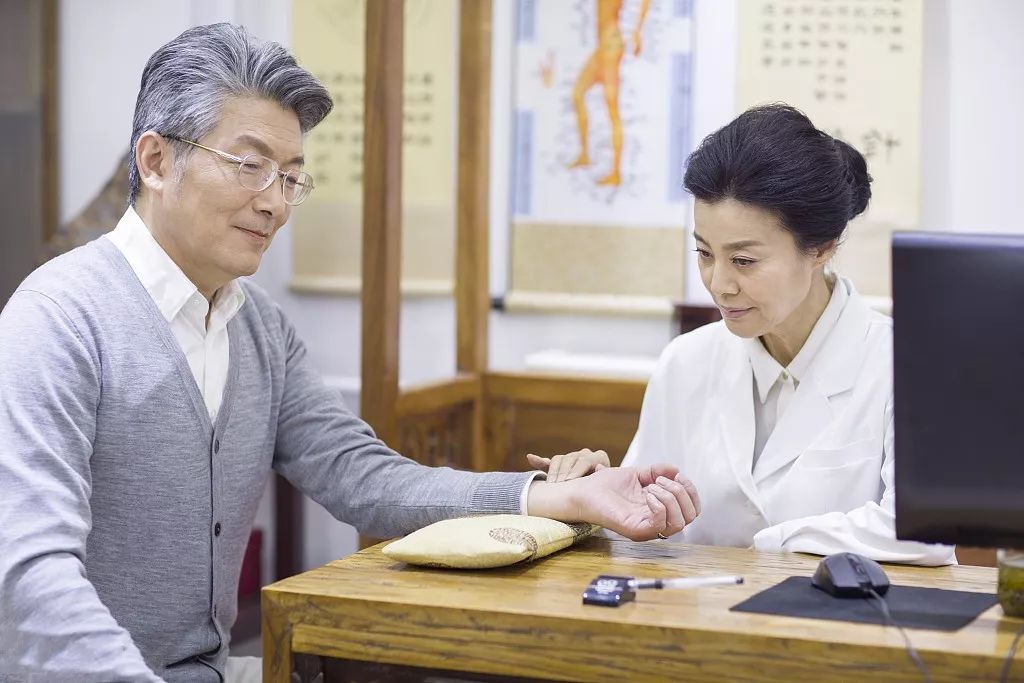

1. Eyes
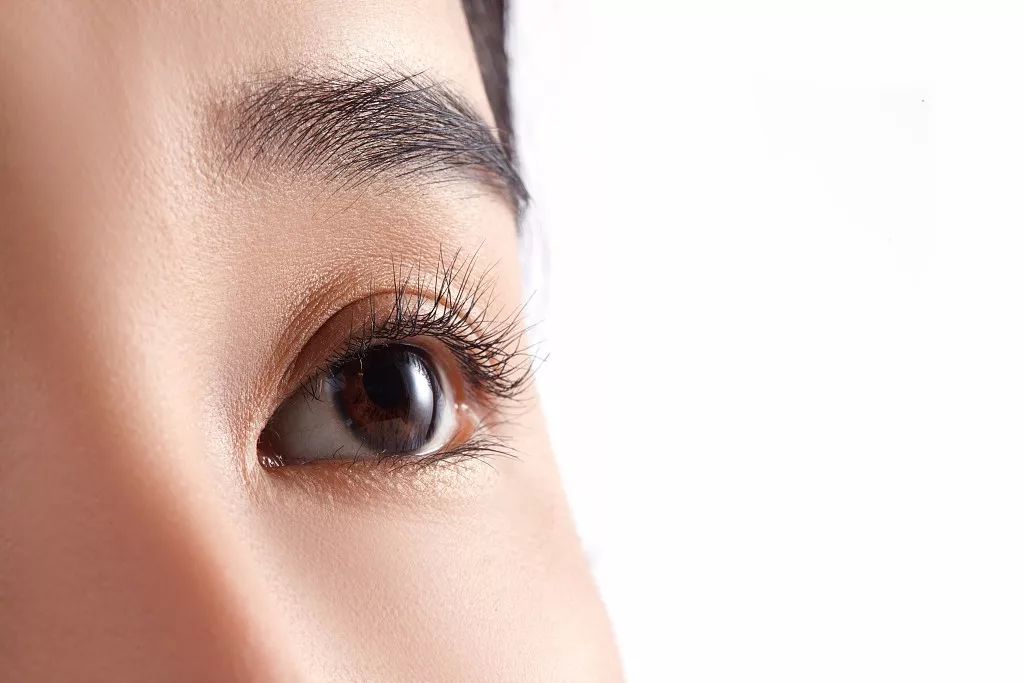
1. Symptoms around the eyes
Swollen eyelids indicate reduced function of internal organs (kidneys, gastrointestinal tract, heart) leading to fluid retention in the body.
Dark circles appear when the blood contains excessive waste, causing the area around the eyes to darken (kidneys).
Wrinkles below the eyes are a sign of aging.
Sunken eye sockets indicate excessive energy consumption in the body.
White inner eyelids are a symptom of anemia.
Yellowish-white bumps on the eyelids indicate high cholesterol.
2. Eye conditions
Yellowing of the sclera is a warning sign of liver and gallbladder issues (jaundice).
Red streaks in the sclera indicate liver stress, causing blood vessels to dilate.
Eye twitching is a warning sign of weakened immunity.
3. Functional disorders of the eyes
Inability to fully close the eyes during sleep indicates poor gastrointestinal function leading to muscle weakness throughout the body.
Frequent eye fatigue suggests liver dysfunction.
4. Eye secretions
“Eye discharge”; yellow discharge indicates “pus” (inflammation).
Dry eyes can easily lead to eye diseases.
Excessive tearing occurs when liver function is weakened.

2. Mouth
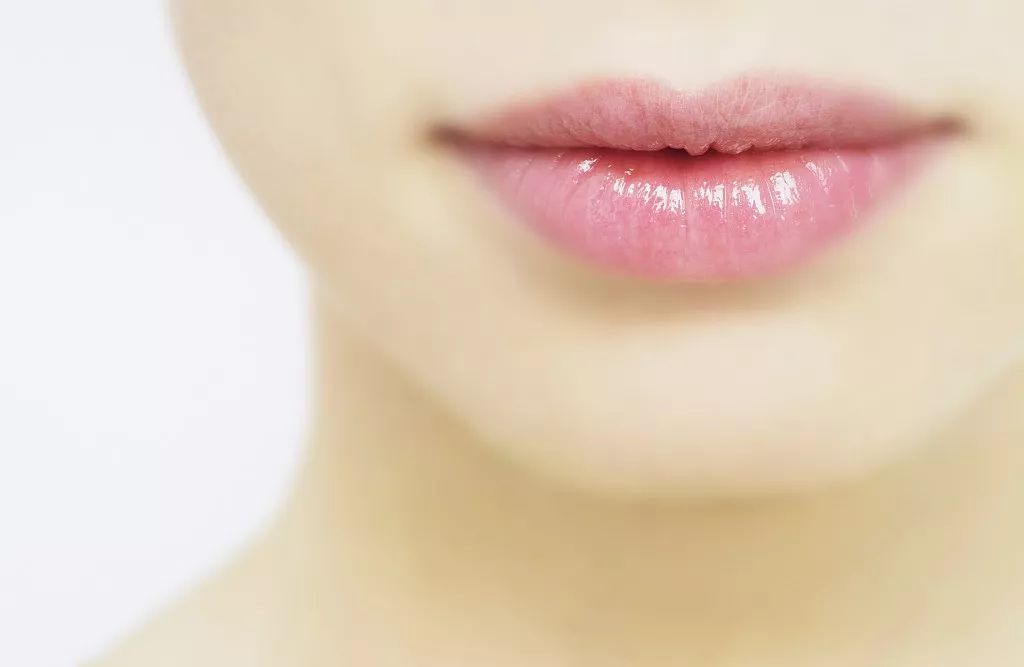
1. Symptoms around the mouth
Cracked corners of the mouth indicate gastritis leading to false appetite.
Bumps around the corners of the mouth suggest weak gastrointestinal function.
Dry lips can occur with elevated body temperature.
Pale lips are a warning sign of insufficient blood.
Bright red lips indicate excessive internal heat.
2. Oral symptoms and secretions
Stomatitis is evidence of lowered immunity.
Bad breath can have five causes (active gastritis, indigestion, rhinitis, gum disease, dental plaque).
Feeling dry mouth with thick saliva indicates overall dehydration.
Finding a pool of saliva on the pillow upon waking suggests weak gastrointestinal function.

3. Tongue
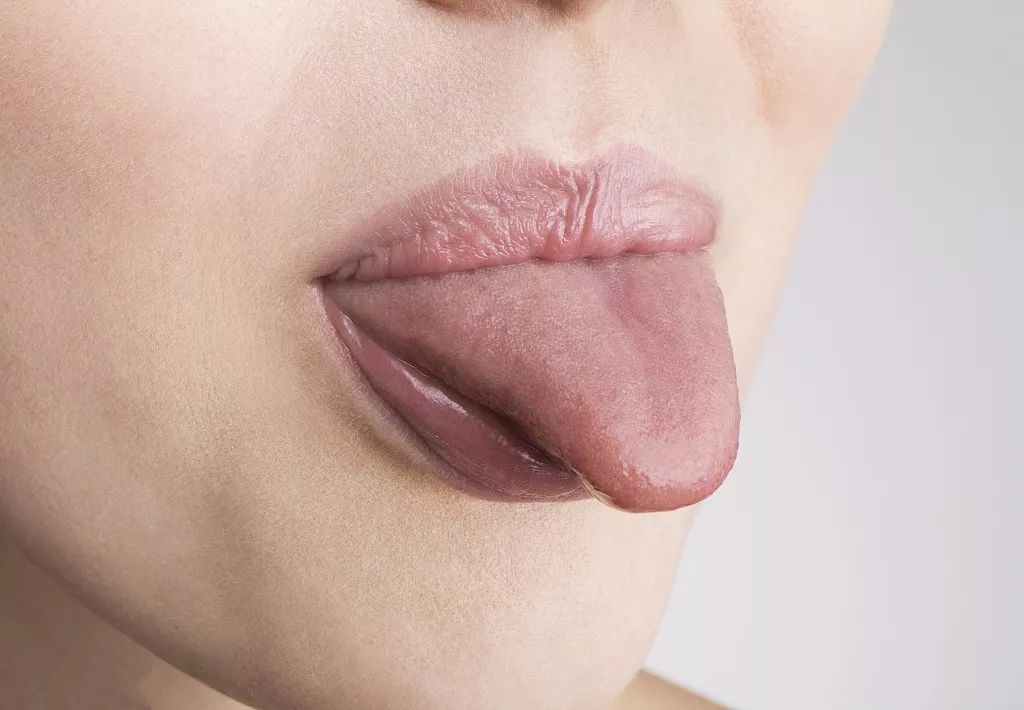
1. Tongue shape
Jagged edges on the tongue indicate swelling due to excess moisture.
Cracked tongue surface indicates insufficient moisture.
2. Tongue movement
Slanted tongue is a signal of cerebrovascular issues.
Trembling tongue indicates physical weakness.
3. Tongue color
Red tongue body indicates elevated body temperature.
Pale tongue body indicates physical weakness.
Purple tongue indicates thick blood.
Varicose veins on the tongue indicate risk of poor blood flow.
4. Tongue size
Large and thick tongue indicates excess moisture in the body.
Small and thin tongue indicates insufficient moisture in the body.
5. Thickness of tongue coating
Thick coating obscures the tongue surface, indicating gastrointestinal disorders or serious illness.
Thin coating that is almost invisible indicates physical weakness or allergic constitution.
6. Color of tongue coating
White coating indicates low body temperature and reduced bodily functions.
Yellow coating indicates internal “heat”.
Black coating indicates extreme physical exhaustion.

4. Nose
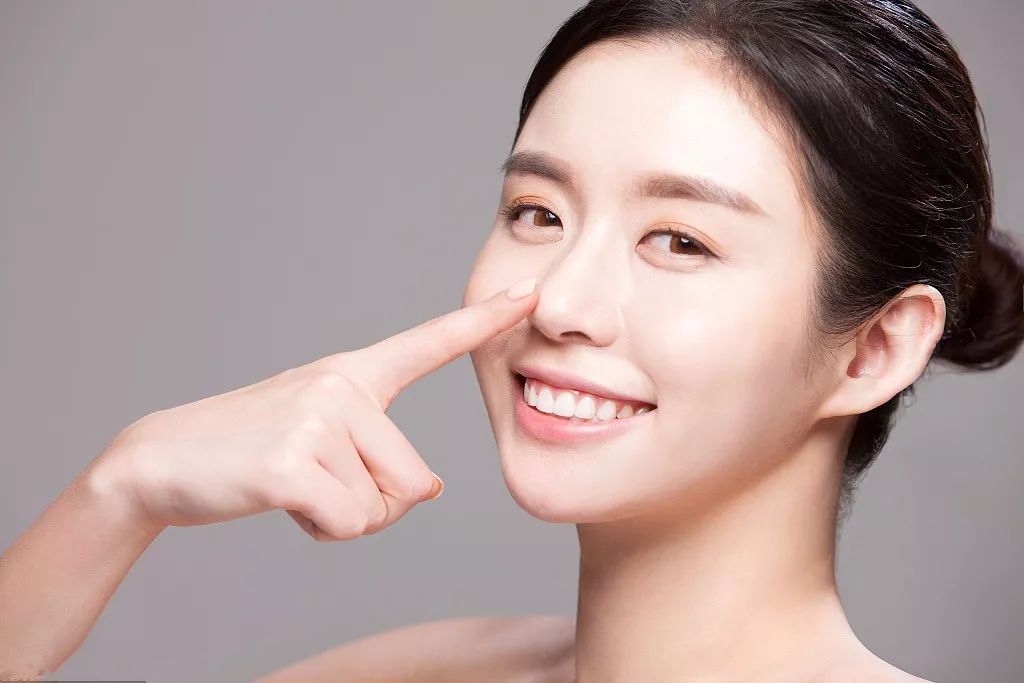
1. Condition of the nose
Nose size indicates the strength of respiratory function.
Nostrils flaring indicates difficulty in breathing.
2. Skin condition of the nose
Bumps on the nose tip may indicate respiratory issues.
Red nose tip is a signal of excessive alcohol consumption.
3. Nasal secretions
Nasal secretions can indicate body temperature; different types of nasal discharge can guide treatment for colds.
Nasal congestion, if left untreated, can lead to systemic hypoxia.
Frequent nosebleeds are often caused by weak gastrointestinal function.

5. Cheeks

1. Complexion
Red and hot cheeks indicate abnormal temperature regulation.
Pale cheeks indicate insufficient oxygen supply in the body.
2. Skin condition
Wrinkles on the cheekbones are primarily caused by UV exposure.
Acne on the cheeks may indicate dietary excess or constipation.
Enlarged pores on the cheeks are primarily caused by reduced sebum production.

6. Teeth
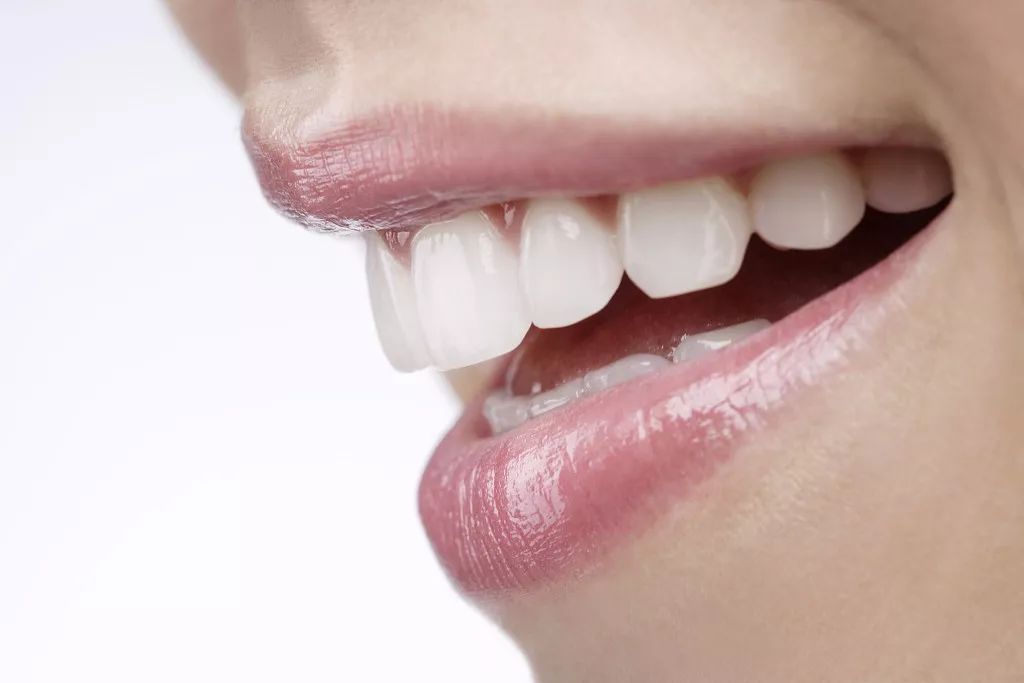
1. Condition of the teeth
Prone to cavities indicates a precursor to osteoporosis.
Gray teeth indicate the formation of cavities inside the teeth.
2. Condition of the gums
Swollen gums indicate gastritis or fatigue.
Bleeding gums indicate gum inflammation or weak gastrointestinal function.

7. Hair

1. Hair quality
Thinning hair may indicate anemia or aging.
Juvenile baldness may result from excessive fat intake leading to hair depletion (reproductive organ decline).
Excessive hair loss can indicate early signs of disease.
Juvenile greying may relate to calcium deficiency and hair.
Curling hair indicates thinning hair.
Excessive split ends and breakage may be caused by anemia during menstruation.
2. Condition of the scalp
Excessive dandruff can be classified as “dry” (requiring iron and protein) or “oily” (requiring improved fat metabolism and Vitamin B supplementation).
Soft and lacking elasticity scalp indicates swelling.

8. Nails
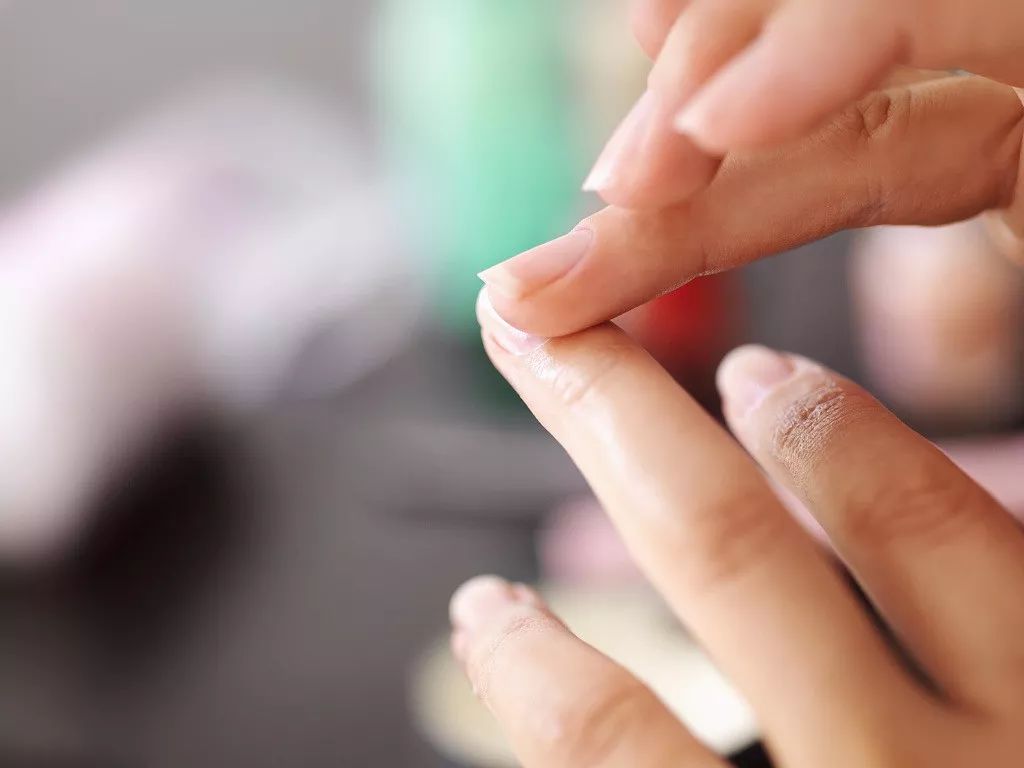
1. Nail shape
Vertical ridges on nails indicate aging-related “wrinkles”.
Horizontal ridges on nails indicate records of “past” (physical discomfort).
Prone to nail breakage indicates anemia or poor liver function.
Spoon-shaped nails are a signal of bodily distress (severe anemia, uterine fibroids, endometriosis; detailed examination recommended).
Clubbing nails (bulging forward) are often seen in individuals with heart disease.
Disappearance of the white crescent at the base of the nail indicates physical decline.
Dry nails indicate a lack of moisture.
2. Nail color
Red nails indicate thick blood (pay attention to cardiovascular health).
Purple-black nails indicate turbid blood or poor heart function.
White nails indicate a tendency towards anemia.
Further Reading
How Does TCM Observation Diagnosis Identify Illness?
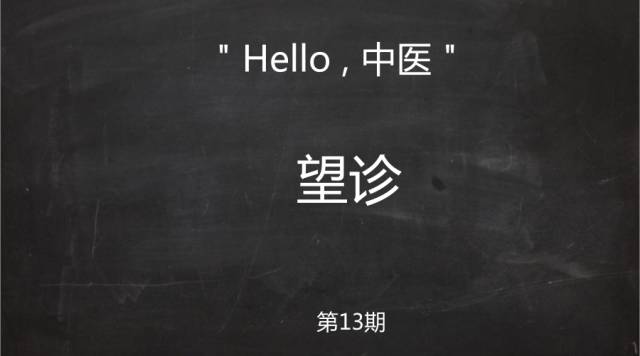
“Wang, Wen, Wen, Qie” is the foundation of TCM diagnosis and a skill that must be learned in TCM. Among these four diagnostic methods, “Wang” (observation) is the first. So, what does TCM observation diagnosis actually look for?
Content of TCM Observation Diagnosis
It is divided into overall observation and partial observation. Overall observation focuses on the entire body’s spirit, color, shape, and state, while partial observation examines local changes to understand related pathologies. In clinical practice, there is no strict distinction between overall and partial observation. The specific steps can begin with overall observation, followed by orderly partial observation.
Observation involves the physician using visual assessment of all signs and excretions of the patient to understand the disease condition. Observation should be conducted in sufficient light, preferably natural light.
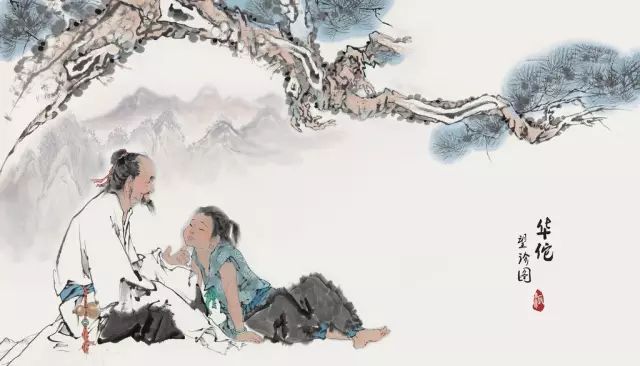
Observation Diagram
1. Observing Spirit
Focusing on the gaze, facial expressions, and mental activity is a crucial aspect of assessing clinical prognosis and vital activities. (See Observing Spirit) Generally, it is divided into three types: “with spirit”, “without spirit”, and “false spirit”.
1. With Spirit (De Shen) – The patient has bright eyes, clear consciousness, articulate speech, responsive reactions, and moves freely. This indicates sufficient vital energy, mild illness, and a good prognosis.
2. Without Spirit (Shi Shen) – The patient has dull eyes, fixed pupils, lethargy, low voice, slow reactions, or even confusion, wandering aimlessly, or collapsing with eyes closed and mouth open, with involuntary urination. This indicates that vital energy is damaged, the illness is more severe, and the prognosis is poor.
3. False Spirit – Common in patients with chronic or severe illness where vital energy is extremely depleted.
For example, a patient who was previously confused suddenly becomes clear-headed; one who was previously quiet suddenly becomes talkative; one who had a dull complexion suddenly has rosy cheeks; one who had no appetite suddenly has an increased appetite. This is due to extreme depletion of vital energy, where yin cannot contain yang, leading to a temporary “improvement” that is misleading, hence termed “false spirit”, commonly referred to as “return of light” or “flickering lamp”. This indicates deterioration of the condition, and the vital energy of the organs is about to fail, signaling the approach of death.
2. Observing Complexion
Focusing on changes in facial color and luster, including the five colors of blue, red, yellow, white, and black, can reflect the changes in the vitality of the organs and the location of pathogenic factors. (See Observing Complexion)
1. Blue indicates cold syndrome, pain syndrome, blood stasis, or convulsions.
2. Red indicates heat syndrome.
3. Yellow indicates deficiency syndrome or damp syndrome.
4. White indicates deficiency syndrome, cold syndrome, or blood loss syndrome.
5. Black indicates kidney deficiency, water retention, or blood stasis.
3. Observing Shape
This method involves diagnosing by observing the patient’s body shape and posture.
1. Body Shape
Primarily observing the strength, weight, and shape of the body and limbs. Body characteristics can generally reflect the yin-yang balance and the constitution of qi and blood. For example, slender individuals often have yin deficiency and yang excess, while short and stout individuals often have yang deficiency and yin excess. Those who are neither overweight nor underweight, with a moderate height, tend to have a balanced yin and yang. Additionally, body shape can reflect the nature of the disease; for instance, overweight individuals often have phlegm, while thin individuals may have heat. The shape of the torso and limbs also has diagnostic significance; for example, a pigeon chest or hunchback may indicate congenital insufficiency or postnatal malnutrition due to kidney essence deficiency or spleen and stomach weakness; a barrel-shaped chest may indicate phlegm accumulation leading to cough and asthma; a distended abdomen with thin limbs may indicate ascites.
2. Observing Posture
This involves observing the patient’s movements, posture, and behavior.
For example, trembling of the hands, lips, or toes may indicate heat disease or internal injury; spasms of the limbs, stiff neck, or arching of the back may indicate convulsions, often seen in liver wind or heat. Abnormal motor function of the hands and feet and various pain symptoms can also be inferred through posture observation. For instance, weakness and lack of movement without pain may indicate atrophy; swollen and painful joints with difficulty moving may indicate bi syndrome; inability to move the hands and feet, numbness, or rigidity may indicate paralysis; holding the abdomen while leaning forward may indicate abdominal pain; holding the waist while bending may indicate back pain.
Additionally, posture can reflect behavioral intentions related to disease. For example, shrinking away from clothing indicates aversion to cold, suggesting exterior cold or interior cold syndrome; wanting to uncover clothing indicates aversion to heat, suggesting exterior heat or interior heat syndrome; wanting to see people and preferring coolness often indicates yang syndrome; fearing to see people and preferring warmth often indicates yin syndrome. The sitting or lying posture can also indicate the balance of yin and yang and the state of vital energy. For instance, curling up while lying down and preferring to be enclosed often indicates yang deficiency and cold syndrome; lying exposed and preferring to be open often indicates yang excess and heat syndrome; sitting and preferring to lean forward often indicates lung deficiency and shortness of breath; sitting and preferring to lean back often indicates lung excess and qi counterflow.
4. Observing the Five Organs
The five organs (eyes, ears, nose, mouth, tongue) are related to the vitality of the organs, and observing changes in their color and shape can directly diagnose organ pathologies.
1. Observing the Eyes
The eyes are the orifice of the liver, and the vitality of all organs is reflected in the eyes. The five organ-related areas of the eyes are called the five wheels (see Five Wheels and Eight Borders), so observing the eyes can not only assess spirit but also diagnose organ pathologies. Bright and clear eyes indicate good health and are easier to treat; dull sclera and cloudy corneas indicate poor health and are harder to treat. Redness in the corners of the eyes indicates heart fire; pale white indicates blood deficiency; red sclera indicates lung heat; yellow indicates excessive damp-heat; swelling of the eyelids indicates liver fire; overall redness and swelling indicate wind-heat; distinct upper and lower eyelids indicate phlegm retention; dark eyelids indicate kidney deficiency. Swelling of the eye sockets indicates early signs of edema, while sunken eye sockets indicate depletion of organ vitality; protruding eyeballs often indicate goiter. If the pupil changes color or if there are membranes on the eyes, leading to unclear vision, it may indicate internal or external eye diseases. If the pupils dilate, it indicates kidney essence depletion, often seen in critical conditions, or may indicate certain poisonings; if the pupils constrict, it often indicates excessive liver and gallbladder fire or toxicity. Drooping eyelids indicate congenital insufficiency or deficiency of the spleen and kidneys, and may also result from trauma. Eyes rolling upward or staring straight ahead indicate severe illness, while open eyes and mouth during sleep often indicate spleen deficiency or chronic wind.
2. Observing the Ears
The ears are the orifice of the kidneys and are also where the hand and foot yang meridians converge. Observing the ears primarily involves examining the color, shape, and secretion of the auricle. (See Auricular Diagnosis)
3. Observing the Nose
The nose is the orifice of the lungs, associated with the spleen meridian and connected to the foot yangming stomach meridian. A blue nose tip indicates abdominal pain, a yellow nose tip indicates damp-heat, a white nose tip indicates blood loss, a red nose tip indicates lung and spleen heat, and a slightly black nose indicates moisture. Dry nostrils often indicate yangming heat syndrome. Flared nostrils initially indicate wind-heat obstructing the lungs, but if prolonged, indicate insufficient lung qi. Additionally, observing the nose can provide diagnostic significance for nasal polyps, alcoholic nose, leprosy, syphilis, and other diseases.
4. Observing the Lips
The spleen opens to the mouth, and its beauty is reflected in the lips. Red and moist lips indicate harmonious qi and blood and abundant stomach qi. Pale lips indicate blood deficiency, light red indicates cold deficiency, deep red indicates excess heat, and dark blue indicates qi stagnation and blood stasis. Cracked lips indicate insufficient fluids, while drooling at the corners of the mouth indicates spleen deficiency or stomach heat. Additionally, observing the lips has direct clinical significance for conditions such as stomatitis, oral ulcers, angular cheilitis, and chapped lips.
5. Observing the Tongue
The tongue is the orifice of the heart, and through meridians and tendons, it is directly or indirectly connected to the five organs and six bowels. Observing the tongue primarily involves examining the tongue body and coating. (See Tongue Diagnosis)
6. Observing the Teeth and Gums
The kidneys govern the bones, and the teeth are the remnants of the bones. The hand and foot yangming meridians connect to the teeth and gums. Therefore, observing the teeth and gums can provide insights into kidney and gastrointestinal diseases, especially significant for differentiating warm diseases. In healthy individuals, teeth are white and moist, and the roots are firm, indicating abundant kidney qi and fluids. Dry teeth indicate excessive heat damaging fluids, while teeth that are dry and hard as stone indicate excessive yangming heat. Teeth that are loose and sparse, with exposed gums, often indicate kidney deficiency. Pale gums indicate blood deficiency, receding gums indicate insufficient stomach yin or kidney deficiency, and swollen gums indicate stomach fire. Bleeding gums that are painful and red indicate stomach heat, while painless and slightly swollen gums often indicate kidney deficiency or qi deficiency.
7. Observing the Throat
The throat is the passage for breathing and eating, related to the lungs and stomach. In healthy individuals, the throat appears pink and moist, unobstructed. If the throat is ulcerated and surrounding tissues are red and swollen, it often indicates excess heat syndrome; if the tonsils are ulcerated and suppurating, it indicates lactation, due to excessive lung and stomach heat. If the ulcerated area is covered with a white membrane resembling a film, it is termed a false membrane. A false membrane that is tough and difficult to remove often indicates diphtheria.
5. Observing the Skin
The skin is the body’s exterior, where defensive qi circulates, internally connected to the lungs, and plays a role in sweating, temperature regulation, and resisting external pathogens. The essence of the five organs and six bowels circulates through the meridians, supplying qi, blood, and fluids to the skin to maintain its warmth, nourishment, and normal function. Therefore, observing the color and shape of the skin can provide insights into the nature of pathogenic factors and the vitality of the organs.
1. Observing Skin Color
The principles and methods are similar to observing complexion. Generally, a moist skin color indicates that the vitality of the organs is still strong, and even if ill, treatment is easier; if the skin color is dry, dull, and lacks luster, it indicates that the vitality of the organs is weak, and the condition is more severe. Diseases effectively diagnosed through skin color include erysipelas and jaundice. Skin that is red as if dyed indicates erysipelas. If the entire skin is cloud-like red, wandering and variable, or swollen and painful, it is termed red wandering erysipelas, caused by external wind-heat, excessive heart fire, or fetal toxins in children. If localized, it is termed flowing fire; lower limb redness and swelling are caused by damp-heat and fire toxins descending; redness and swelling of the facial skin indicate wind-heat toxins attacking. If the skin, face, eyes, and nails appear yellow, it indicates jaundice. Among them, bright yellow like orange indicates yang jaundice, caused by internal damp-heat; dark yellow like smoke indicates yin jaundice, caused by cold-damp obstructing the spleen; if the skin appears yellow with a blackish hue, it is termed black jaundice, caused by blood stasis or kidney deficiency.
2. Observing Skin Shape
Abnormal skin shapes include swelling, rashes, and blisters. Swelling of the head, face, abdomen, back, and limbs, with tight skin that sinks upon pressure and does not rise, indicates swelling due to internal water retention or external skin overflow; if the skin is soft and sinks upon pressure, it indicates qi stagnation. Rashes are patches on the skin that do not feel solid, divided into yang rashes and yin rashes. Yang rashes, also known as eruptive rashes, are large patches that are red or purple, even purple-black, often accompanied by fever, irritability, delirium, thirst, red tongue, and rapid pulse, seen in external warm diseases or heat entering the blood. Yin rashes vary in size, are light red or dark purple, hidden and not prominent, appearing and disappearing unpredictably, with clear consciousness, cold limbs, diarrhea, pale tongue, and thin pulse, often due to internal injury from insufficient qi and blood. Papules emerge from the skin’s blood vessels, resembling millet, red and raised, felt upon touch, seen in measles, rubella, etc., characterized by small red bumps. Generally, the color and distribution of rashes that are evenly distributed and sparse, with a red and moist appearance, indicate a favorable condition; if densely packed or tightly bound at the roots, with a deep color, it indicates a severe condition. White spots are small raised bumps on the skin containing fluid, appearing crystal clear like millet, often seen in patients with summer dampness or damp-heat, caused by internal dampness and insufficient sweating. Blisters are raised areas of varying sizes on the skin containing fluid.
6. Observing the Head, Face, and Neck
The head, face, and neck are where the governing and conception vessels, as well as the hand and foot yang meridians, converge, and the foot jueyin liver meridian also ascends to the head. The brain is located within the skull and is the center of mental activity. The brain is the sea of marrow, governed by the kidneys. The heart governs blood vessels, and the blood vessels nourish the face, hence the heart’s essence is reflected in the face. Therefore, observing the head, face, and neck can provide insights into the vitality of the organs. In fact, observing spirit and color primarily focuses on the head and face.
1. Observing the Head
An abnormally large or small head may result from congenital developmental issues or insufficient kidney essence. A sunken fontanelle in children is termed fontanelle depression, while a delayed closure of the fontanelle is termed cranial release, indicating congenital insufficiency or empty brain marrow. A bulging fontanelle in children is termed fontanelle filling, often due to the invasion of warm disease fire heat, indicating an excess condition. Involuntary head shaking often indicates wind disease or insufficient qi and blood. Sparse and dry hair indicates insufficient essence and blood, while juvenile greying indicates kidney deficiency and blood deficiency; children with tufted hair may indicate malnutrition.
2. Observing the Face
Focusing on facial expressions and color. Other signs such as facial swelling indicate edema occurring in the eyelids and face; redness, swelling, and pain of the facial skin often indicate wind-heat fire toxins attacking; facial muscle paralysis may present as crooked mouth and eyes, indicating wind invasion or empty channels, often seen in yangming meridian diseases.
3. Observing the Neck
Stiffness of the neck may be a symptom of convulsive disease, often due to excessive heat in warm diseases or internal wind. Weakness of the neck indicates one of the five soft conditions in children (soft head, soft neck, soft hands, soft feet, soft muscles), resulting from congenital insufficiency and kidney essence deficiency. If there are lumps in the neck area, such as goiter, which may vary in size and move with swallowing, it often indicates liver qi stagnation leading to phlegm accumulation, or may be related to local environmental factors.
4. Observing the Anterior and Posterior Yin
This method involves diagnosing by observing the patient’s anterior and posterior yin.
The anterior yin refers to the male and female reproductive organs and the urethra, while the posterior yin refers to the anus. The anterior and posterior yin are located in the lower part of the body, termed the lower orifices, in contrast to the upper orifices (the five senses) in the head. The upper and lower orifices total nine, known as the nine orifices. The anterior yin is related to the liver, gallbladder, kidneys, bladder, and the meridians of taiyang, shaoyin, jueyin, shaoyang, and yangming. Observing the anterior yin can diagnose related organ and meridian pathologies, as well as local conditions such as swelling, hernias, retraction, protrusion, and sores.
The posterior yin is related to the lungs, spleen, and stomach, with local pathologies including anal fissures, hemorrhoids, and prolapse.
Welcome to add my personal WeChat: ysd31415926
Have you followed“Xinglin Medical Narrative”yet?
Long press the QR code below to recognize and follow



